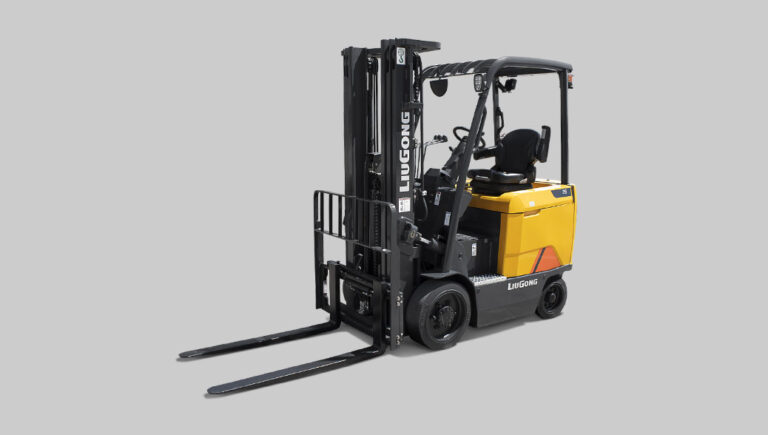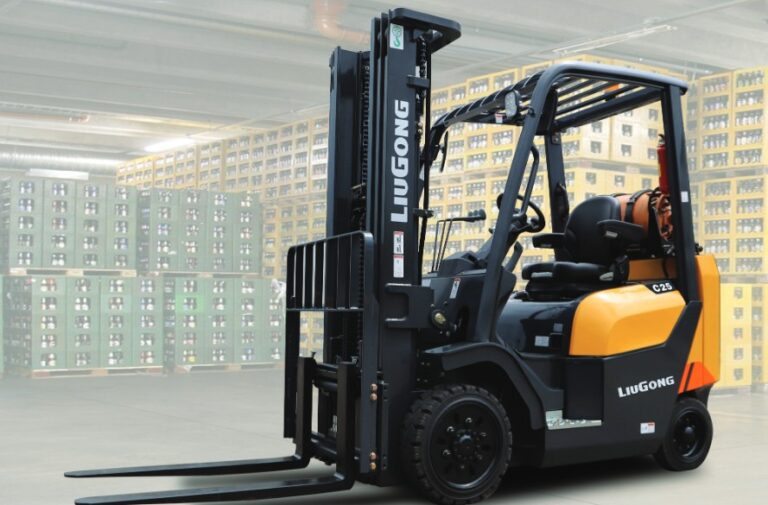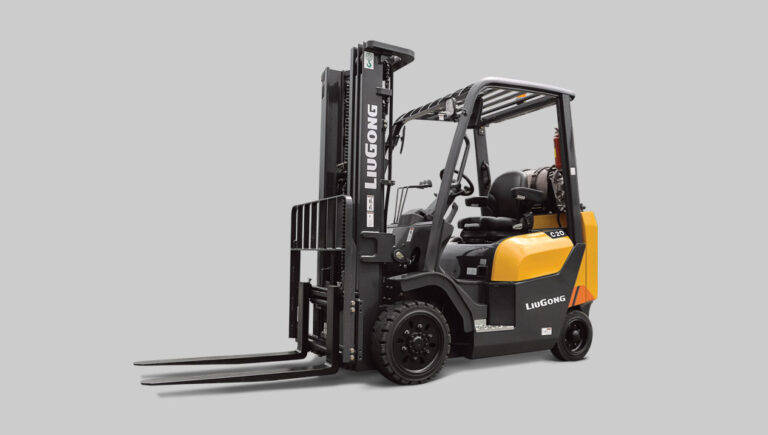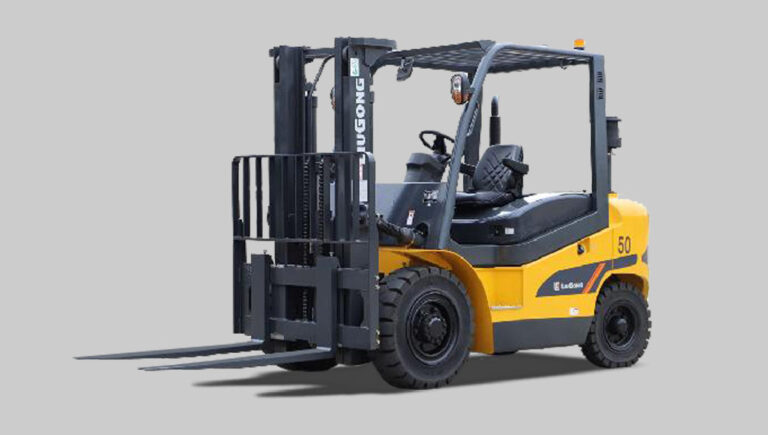Forklifts are essential tools in warehouses, manufacturing plants, and construction sites, but not all forklifts are the same. The Industrial Truck Association (ITA) classifies forklifts into five major categories based on their power source, tire type, and specific applications. Understanding these classifications will help you choose the right forklift for your business needs. Here’s a breakdown of the four classes of forklifts, featuring top models from LiuGong, a global leader in material handling solutions.
Description: Class I forklifts are battery-powered and designed for both indoor and outdoor use. They can have either cushion or pneumatic tires, making them suitable for different environments.
Features:
Common Applications:
Advantages:

Description: These forklifts are designed for use in tight spaces, such as narrow aisles in warehouses. They often have a stand-up rider configuration and specialized reach mechanisms.
Features:
Common Applications:
Advantages:

Description: These forklifts are powered by internal combustion engines and have cushion tires, making them ideal for indoor applications on smooth surfaces.
Features:
Common Applications:
Advantages:

Description: Class IV but have pneumatic tires, allowing them to operate on uneven surfaces, including outdoor environments.
Features:
Common Applications:
Advantages:

Selecting the right forklift depends on factors such as the working environment, weight capacity requirements, and fuel preferences. Whether you need an eco-friendly electric forklift for warehouse operations or a powerful internal combustion forklift for outdoor use, understanding these five classes will help you make an informed decision.
Need forklift sales, rentals, or repairs in Georgia?
Stop by our Augusta or Decatur location to speak with our team in person.
We’re here to help you find the right equipment, fast repairs, or flexible rental options—right where you work.


Send us a message below and we will answer right away.
"*" indicates required fields